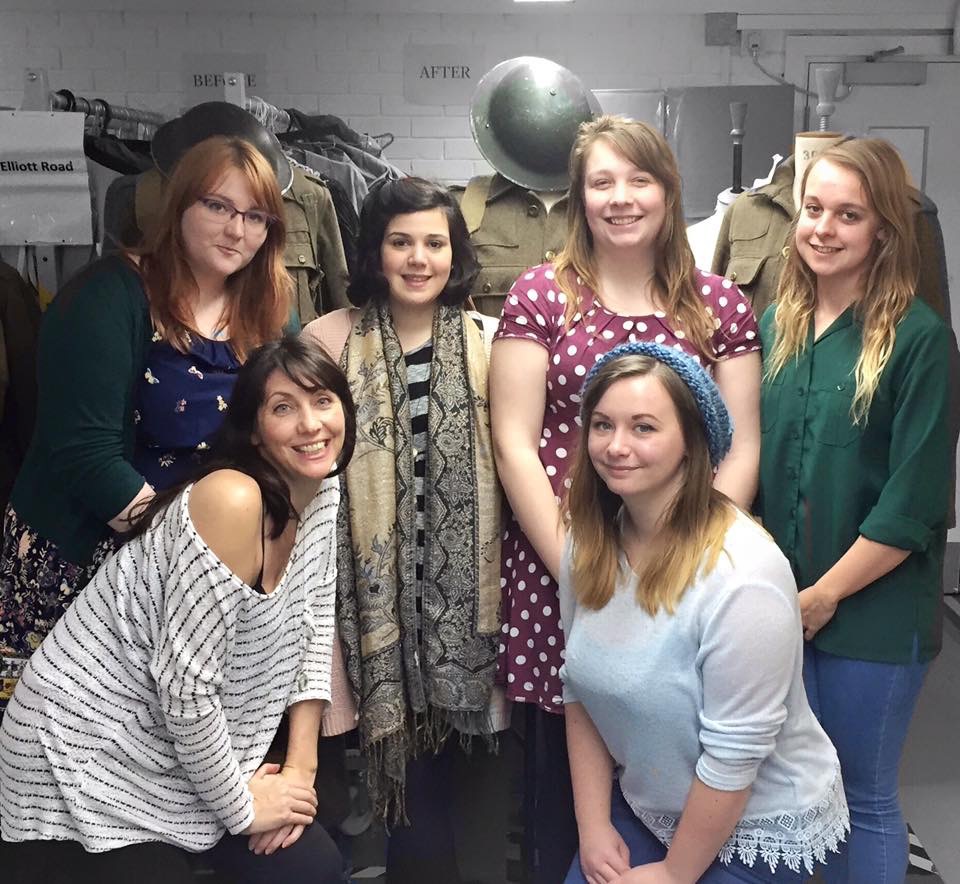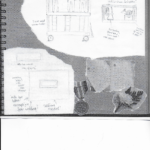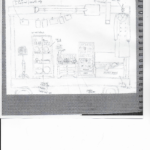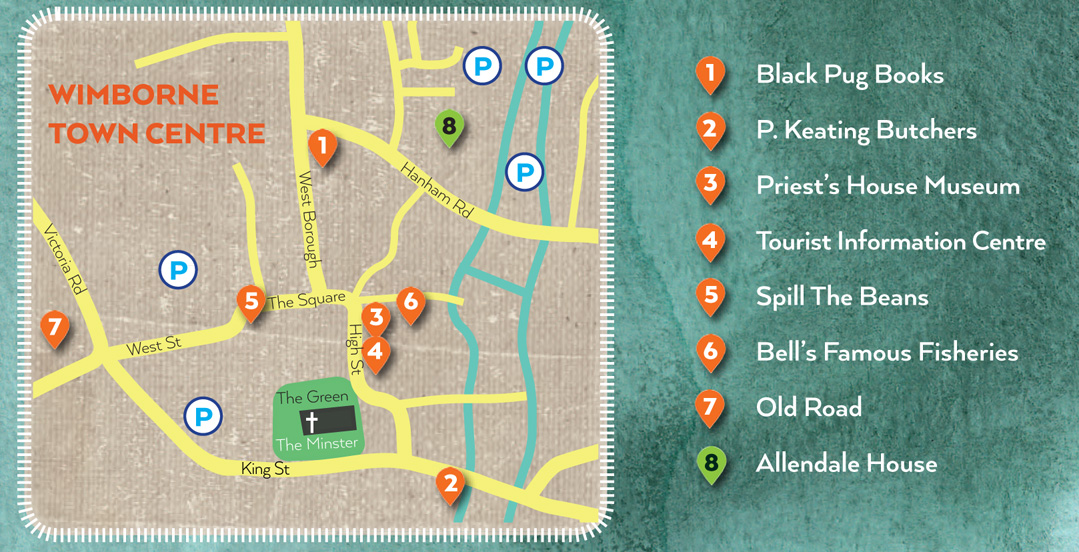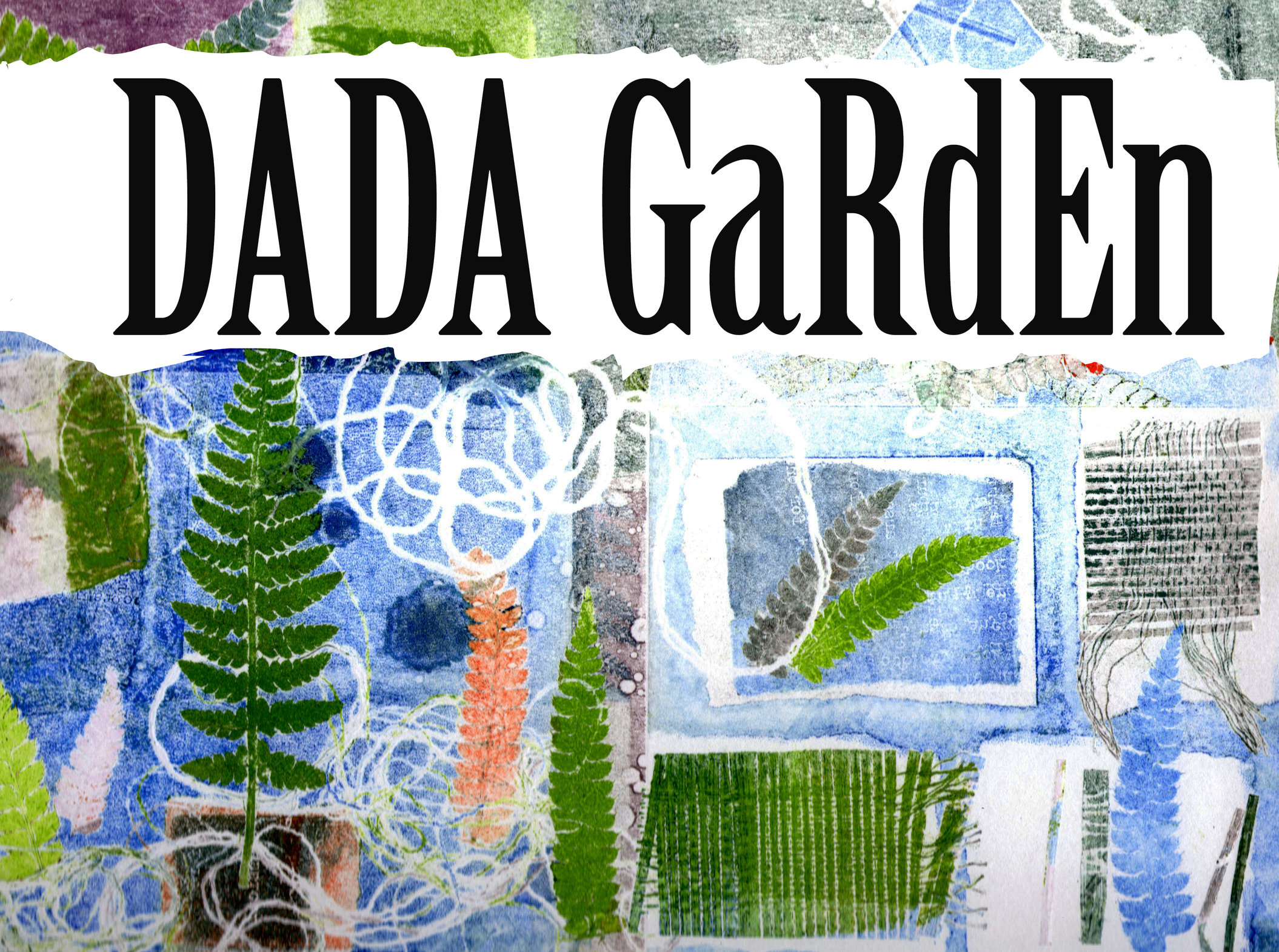The art installations for Things They Left Behind were created by a group of third year students from the Arts University Bournemouth BA Costume and Performance Design course, who joined the WCT team as part of their professional practice, to design and make costumes, settings and props.
Things They Left Behind was an exhibition of Art Works inspired by the play’s themes. The artworks, created by the AUB students as a prelude to the performances, were to be seen in various locations in the town centre, including independent shops. They were installed in Keatings, the Butcher’s, John the Fish, Black Pug Books, Spill The Beans and the window of the Priest’s House Museum.
Photos of the installations
Design sketches by AUB student for an installation
Recipe cards from World War One from the Win-the-War Cookery Book displayed with the installations
Sound Installation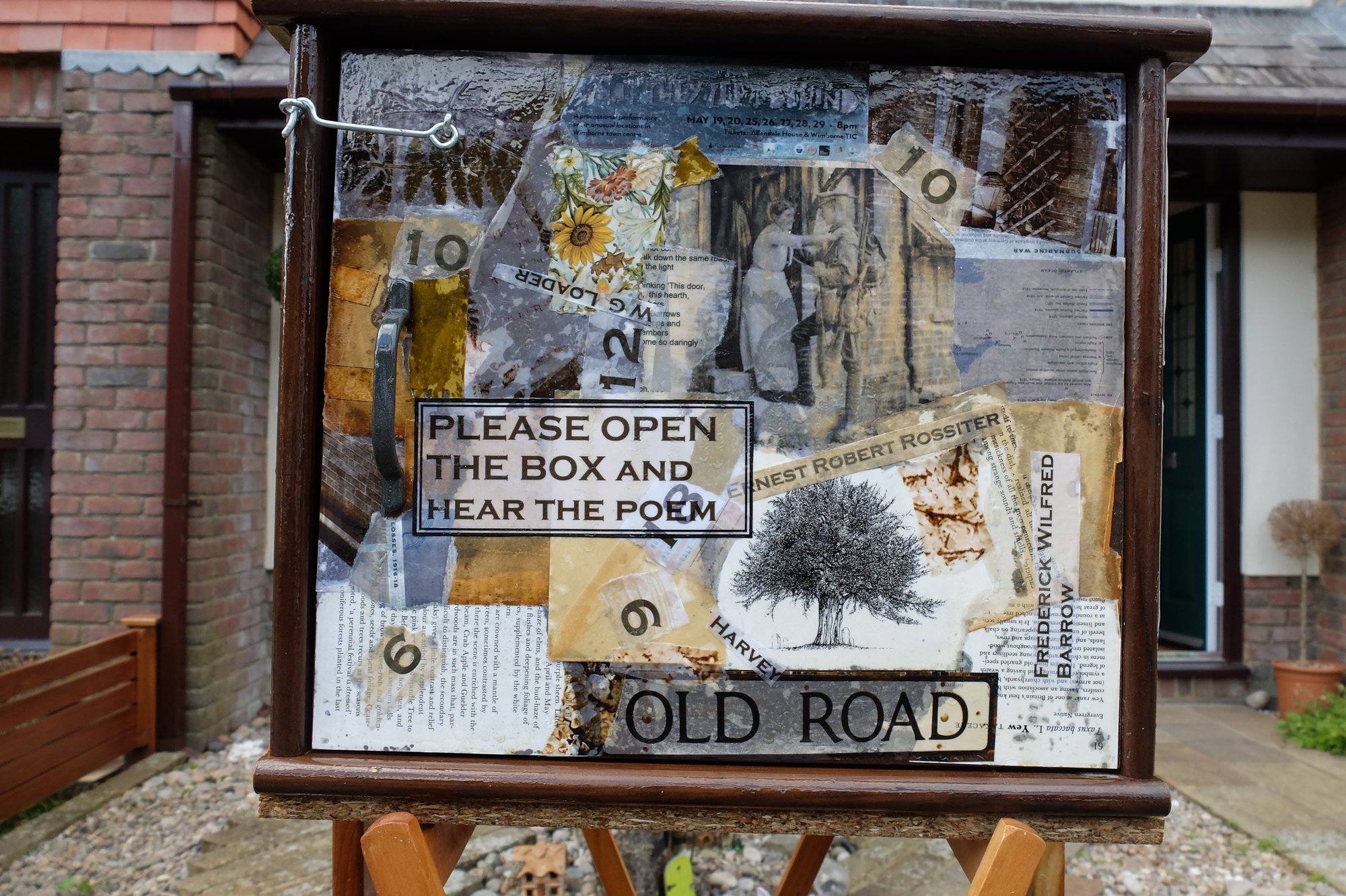
In addition, a sound installation by Adrian Newton entitled Anthem for Old Road, was to be found in the garden of a house in Old Road, Wimborne.
Listen to the installation recording
Read Gill Horitz’s Poem, Anthem for Old Road
Art Exhibition
An Exhibition, The Death Penny and other Memories of the Great War by Minna’s Artists was also mounted at Allendale House, Wimborne.
Minna’s Artists is a local group of artists, run by Minna Harvey, who usually work in response to a common theme, place or project. In September 2014 they worked on ideas about the Great War and this collection of their work arose from drawings made on visits to Witchampton, Shapwick and Wimborne cenotaphs as well as the Priest’s House Museum in Wimborne and the Tank Museum in Bovington.
Over one hundred people attended the successful Dada Garden event on Sunday, April 24th 2016 at Priest’s House Museum Garden and Hilda Coles Centre.
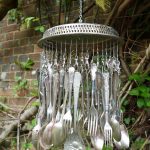 Celebrating a centenary of Dada in a garden setting, with performances of improvised and experimental music, experimental video, dada manifestations and things left behind, one of a series of installations planned around Wimborne as a prelude to ‘What They Left Behind’, Wimborne Community Theatre’s latest production.
Celebrating a centenary of Dada in a garden setting, with performances of improvised and experimental music, experimental video, dada manifestations and things left behind, one of a series of installations planned around Wimborne as a prelude to ‘What They Left Behind’, Wimborne Community Theatre’s latest production.
The programme of events and artists
Artists featured were Gerauschhersteller, Nemeton, Matthew Shaw, Dead Sea Liner, Language Timothy!, Tom Daniel-Moon, Earhoof, Jack Chuter, Jason Hazael, David Rogers and more.
http://nemeton.org.uk/other/wimborne-contemporary-arts/
From the Dada Manifesto (1916, Hugo Ball):
Dada is a new tendency in art. One can tell this from the fact that until now nobody knew anything about it, and tomorrow everyone in Zurich will be talking about it. Dada comes from the dictionary. It is terribly simple. In French it means “hobby horse”. In German it means “good-bye”, “Get off my back”, “Be seeing you sometime”. In Romanian: “Yes, indeed, you are right, that’s it. But of course, yes, definitely, right”. And so forth.
An International word. Just a word, and the word a movement. Very easy to understand. Quite terribly simple. To make of it an artistic tendency must mean that one is anticipating complications. Dada psychology, dada Germany cum indigestion and fog paroxysm, dada literature, dada bourgeoisie, and yourselves, honoured poets, who are always writing with words but never writing the word itself, who are always writing around the actual point. Dada world war without end, dada revolution without beginning, dada, you friends and also-poets, esteemed sirs, manufacturers, and evangelists. Dada Tzara, dada Huelsenbeck, dada m’dada, dada m’dada dada mhm, dada dera dada, dada Hue, dada Tza.
How does one achieve eternal bliss? By saying dada. How does one become famous? By saying dada. With a noble gesture and delicate propriety. Till one goes crazy. Till one loses consciousness. How can one get rid of everything that smacks of journalism, worms, everything nice and right, blinkered, moralistic, europeanised, enervated? By saying dada. Dada is the world soul, dada is the pawnshop. Dada is the world’s best lily-milk soap. Dada Mr Rubiner, dada Mr Korrodi. Dada Mr Anastasius Lilienstein. In plain language: the hospitality of the Swiss is something to be profoundly appreciated. And in questions of aesthetics the key is quality.
Dada is the heart of words. Each thing has its word, but the word has become a thing by itself. Why shouldn’t I find it? Why can’t a tree be called Pluplusch, and Pluplubasch when it has been raining? The word, the word, the word outside your domain, your stuffiness, this laughable impotence, your stupendous smugness, outside all the parrotry of your self-evident limitedness. The word, gentlemen, is a public concern of the first importance.
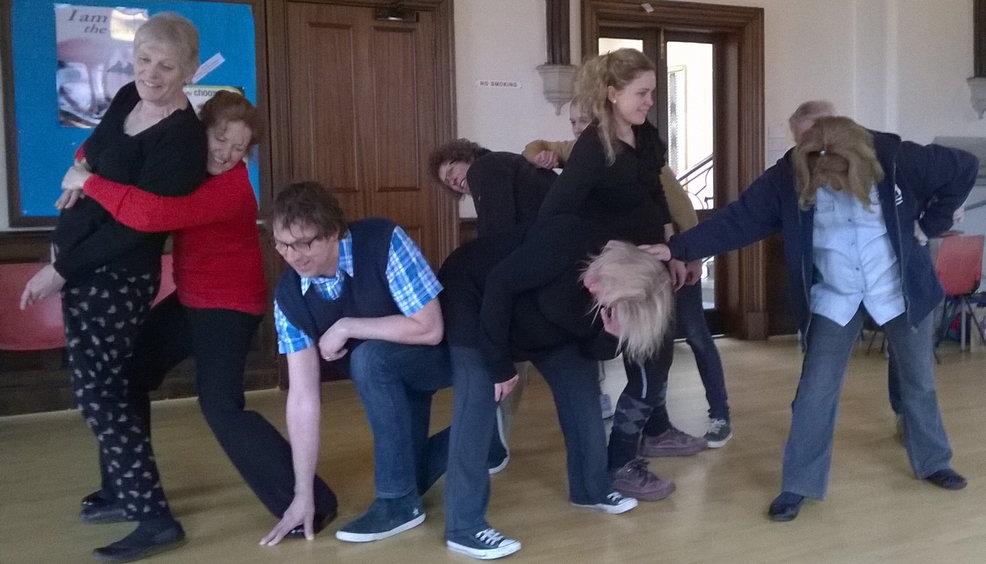
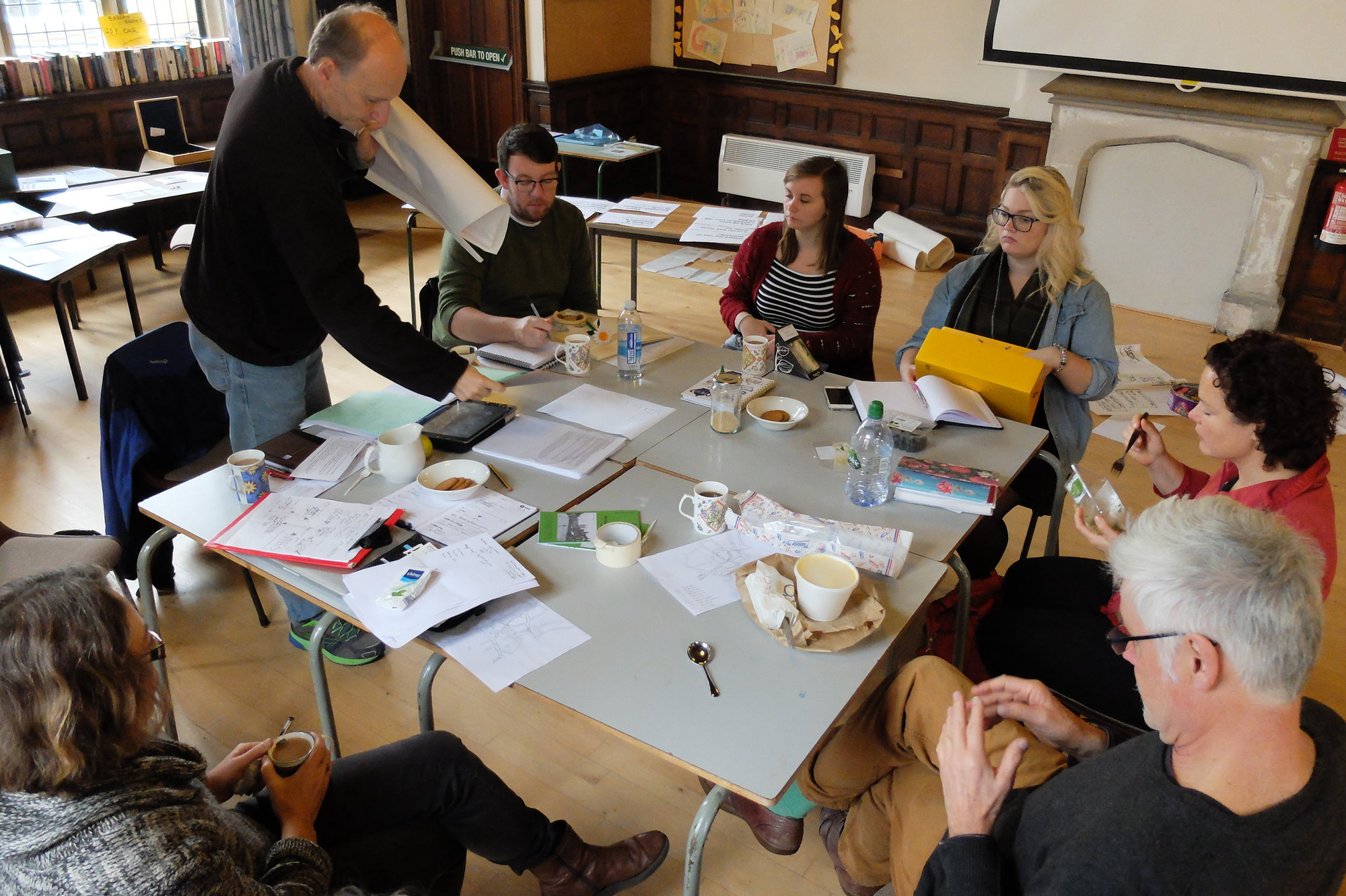











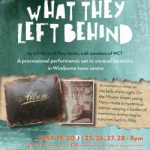







































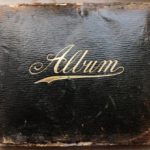
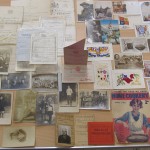
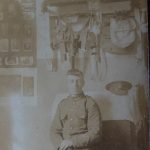 Local Stories
Local Stories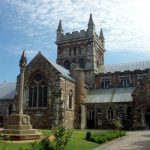
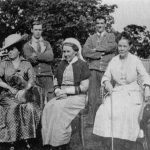
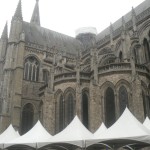
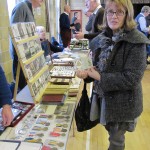

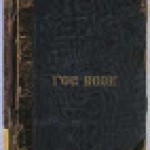

 Wartime Recipes
Wartime Recipes







